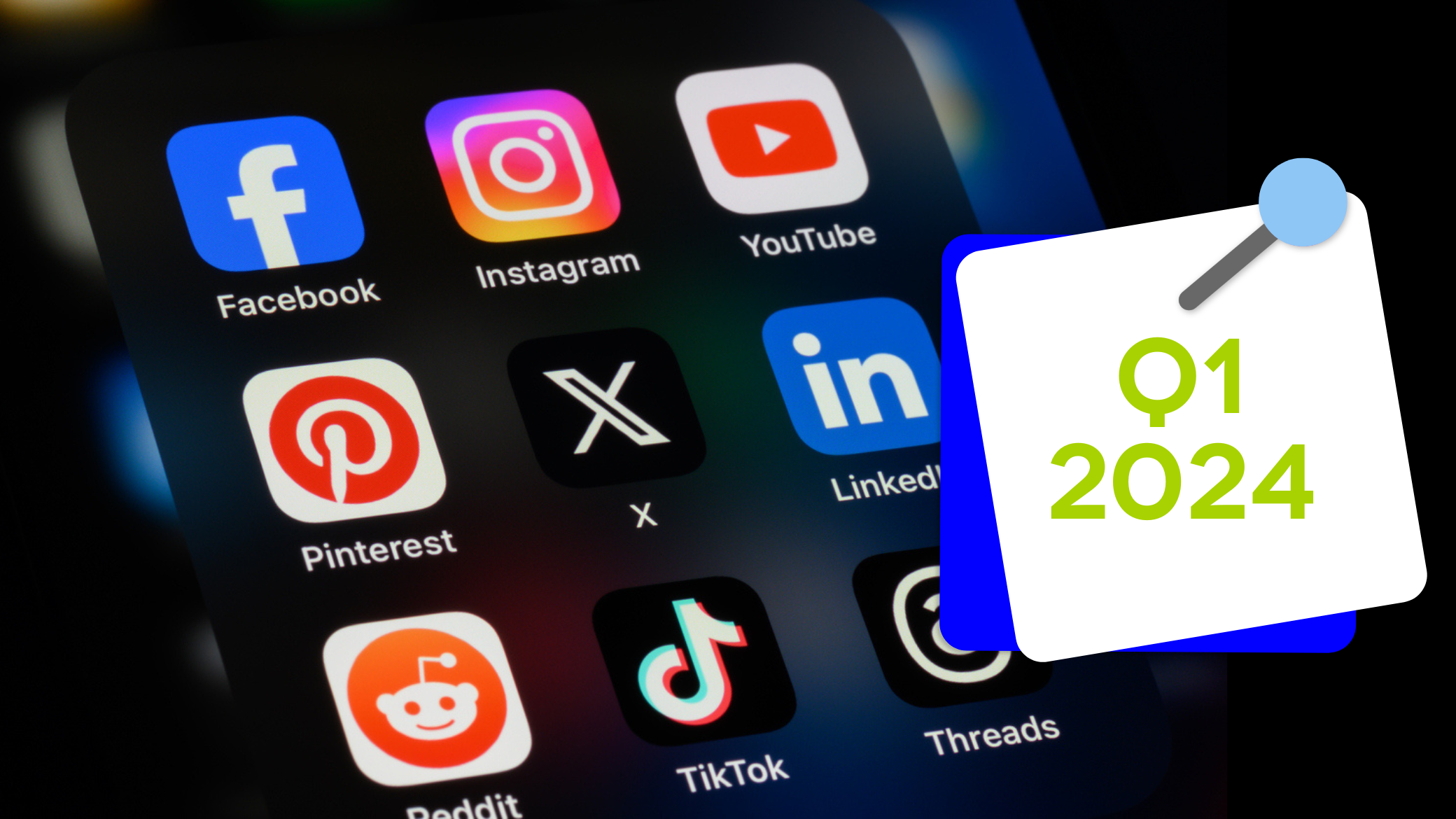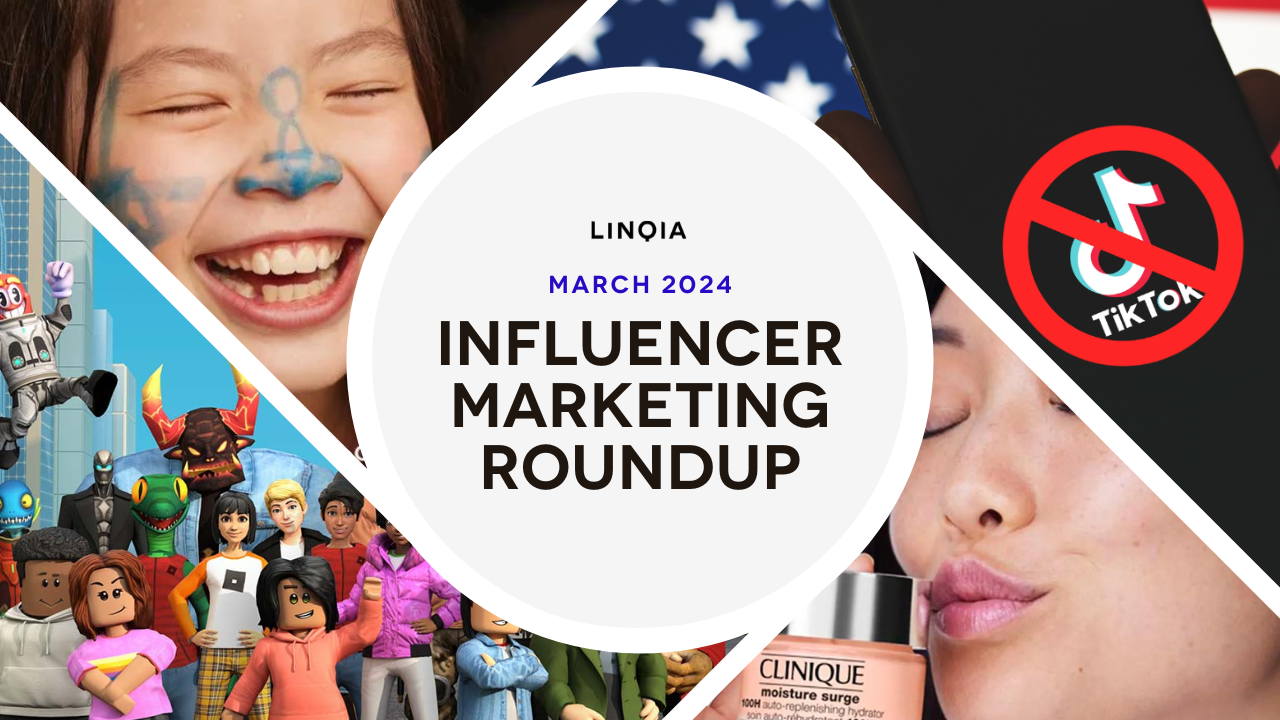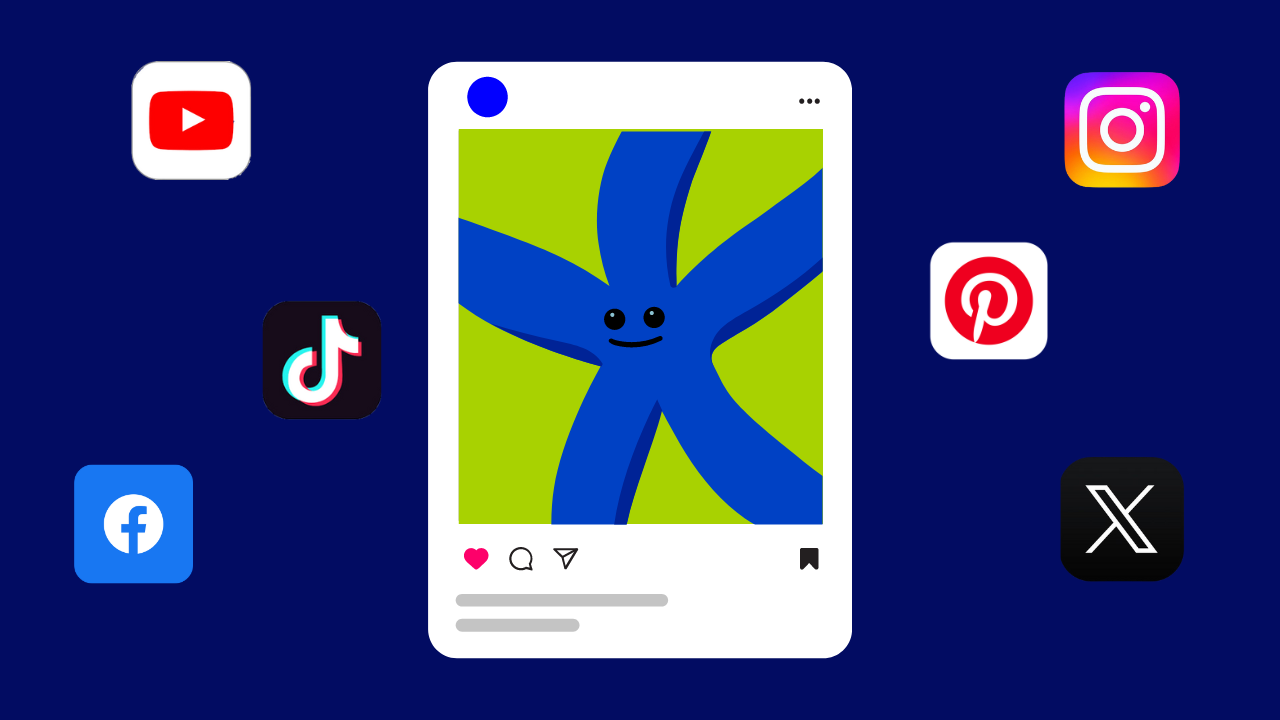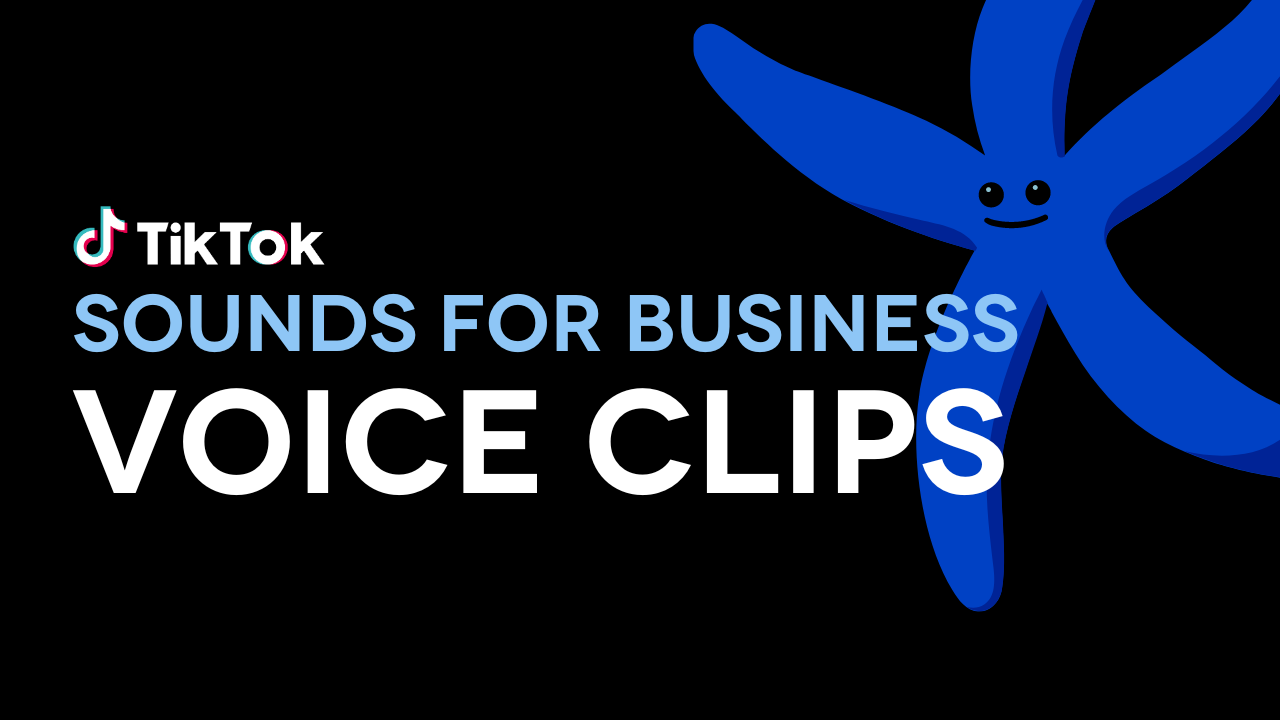This article was originally published in Forbes.
Consumers are overwhelmed with content. As media consumption habits change, advertisers are getting more creative with the tactics they use to capture consumers’ attention. Beyond traditional print, television, or radio advertisements, brands are targeting consumers everywhere they spend time – from Spotify ads to pop-up ads, to commercials on streamed television.
As a result, ad-blocking and cord-cutting are on the rise. In fact, one in four households were cable-free and 26% of internet users used an ad blocker in 2016, a number that’s projected to jump to a third of the online U.S. population in 2017. This shakes up how consumers are exposed to new products and information, leaving marketers scrambling to find effective ways to reach and engage consumers.
Marketers are increasingly turning to content marketing and influencer marketing as tactics that enable consumers to discover their products organically, rather than pushing products on consumers through intrusive advertising. As written about in MDG Advertising, 70% of internet users want to learn about products through content rather than traditional advertising, and according to the Association of National Advertisers, the fastest-growing brand activation channels for the next three years are projected to be influencer marketing and content marketing.
But content marketing is time-consuming, and it’s becoming more difficult for marketers to continually create and publish meaningful, engaging content at scale. One way to effectively do this is to set up a team of content creators that feeds a content marketing engine with value-based content, tailored to the nuances of each audience segment.
My influencer marketing company recently released The Value of Influencer Content 2017, a survey of 207 B2C marketers and their agencies, which found that 86% of marketers consider influencer marketing a valuable part of their content marketing strategies, 57% of whom report that influencer content outperforms brand-created content.
If you’re considering integrating influencer marketing elements into your next campaign, here are a few tips to help you get set up:
1. Look for an option that best fits your price range.
Traditionally, brands pay professional content creators to produce valuable content, whether it be a blog post, photo, video, how-to article or recipe. This approach can be expensive and time-consuming, as their agencies must negotiate terms and compensation with each individual creator. Our survey found that working with influencers typically costs 2.6 times less than working with professionals for a similar output. When coupled with the ability to work with multiple influencers at a time, you see potential for a content engine.
But keep in mind, not all influencer content is equal. When working with a variety of influencers, you’ll also see a range in content quality: Some pieces will be novice, while others mirror professional work. To ensure you receive the most bang for your buck, consider working with influencers or influencer marketing partners that compensate based on performance (cost-per-engagement, cost-per-click, etc.) rather than how many pieces of content created (pay-per-post or flat-rate). Despite being the most common pricing model, we see pay-per-post as high-risk because there’s no guarantee that the influencers’ audiences will engage with or even see the content.
2. Create content at scale.
Because influencer marketing programs can return hundreds (even thousands) of pieces of content, marketers who run programs throughout the year can test and learn what approaches work best, then reuse that content to improve the performance of their other digital channels. Our survey found that two-thirds of marketers are doing just that, with 84% of marketers repurposing influencer content on their organic social channels, 72% using it to improve the performance of paid social programs, and 40-50% using it to improve the authenticity of their website and email marketing programs.
Remember, the benefits of influencer marketing don’t end when the program does. Share the content library with your social and paid media teams to repurpose in other digital programs: Social campaigns that incorporate user-generated content (UGC) see a 50% lift in audience engagement, according to data from Salesforce. Additionally, brands could feature influencer quotes on their websites and email communications for validation, seeing as 92% of consumers trust peer recommendations more than advertisements or celebrity endorsements, according to data from MuseFind. Working with influencers at scale can create volumes of authentic, relevant content, so you’re never left scrambling.
3. Monitor performance throughout your program.
Many marketers are turning to influencer marketing because the ability to repurpose the content as part of the influencer media buy enables them to become more efficient with their media spend. As an example, my company worked with a consumer packaged goods (CPG) company that was able to lower its Facebook cost per engagement (CPE) by three times and double its Instagram engagement rate by using influencer-generated content instead brand-created content.
To replicate this type of success, monitor content performance during your program and make note of the influencers and content types that drive the most engagement, traffic and conversions. Once you’ve identified the best performing photos, videos, social posts or messaging, put paid media behind them. Social platforms make it easy to target lookalike audiences with that content, and paid ads that include UGC enjoy five times greater click-through rates than brand created ads. One of the major benefits of this test-and-learn approach is that it takes the guesswork out of determining what kind of content resonates with your target audience.
Influencer marketing is one of the key building blocks to a successful content marketing engine because it effectively addresses four of the top five content marketing challenges facing marketers today. By activating influencers as part of a media buy, marketers can reach consumers through trusted voices and help drive business value, such as email subscription sign-ups, coupon downloads and product sales. Over time, marketers can also build a repository of valuable content, resulting in greater performance and cost efficiencies across all of the brand’s digital channels.




